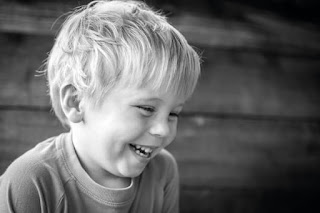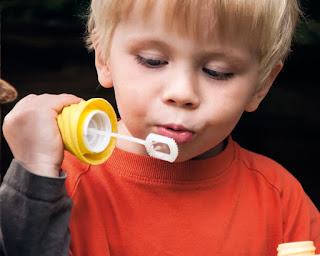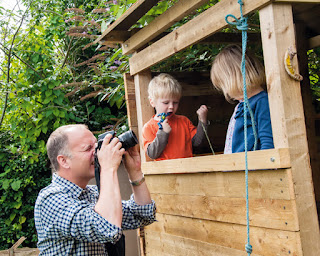Photographing children is something that many photographers say should be avoided at all costs! While it’s fair to say that child photography can be challenging, it really doesn’t need to be a painful experience. If you’ve got children of your own or friends with kids, grandchildren, nieces or nephews, taking family portrait photography to capture the magic of an exploding smile, the emotion of a child in thought or the expressiveness of a mischievous grin far outweighs the risks of tears and tantrums.
If you’ve ever struggled with photographing children, we’ve got the solution to your problem. We’re going to show you how to take the stress out of child photography and create a natural environment that’ll reward you with winning shots.
Forget about formal settings and posed shots. Those aren’t the ideal situations for taking portraits of children that also express their personalities. For natural-looking child photography we’re going to create a relaxed and casual environment in which children can simply play and be themselves, and while they’re playing we’re going to capture candid images.
This is a great way to capture natural expressions and the children won’t get so frustrated with adults pointing cameras in their faces or shouting at them to ‘say cheese’.
Despite the natural approach we’re taking, and the informal look of the resulting photographs, there’s an art to successfully capturing a real winner.
You need to make sure you’ve got the right location for child photography as well as for play, and that your camera and equipment is ready to go, as the children won’t wait for you to tweak your settings and setup. Let’s see how it’s done…
Step-by-step how to shoot natural-looking child photography
01 Go natural
Natural light is the best, so try to create a shooting environment outside using available light. We’re using a tree house, which works a treat as there’s some nice open shade and the background is good and natural. Otherwise most parks have great play areas that can work just as well, although make sure other people’s kids aren’t in shot.
02 Be prepared
Before you do anything you need to make sure your camera’s exposure settings are all sorted out. If you’re fiddling with dials or scrolling through menus in the middle of the shoot, not only will you run the risk of missing the shot, but the children will quickly start to lose interest in the whole event. Time is of the essence; use it wisely!
03 Action shooting
The settings you’ll need are similar to those you’d use for shooting sports or action photography. Use a fast shutter speed (such as 1/125 sec or faster) to avoid any subject movement. Don’t compromise on this – if you have to increase your ISO to 400 or 800, do so: your DSLR can handle it.
04 Beautiful bokeh
A wide aperture such as f/2.8 helps you achieve a fast shutter speed and creates a shallow depth of field, which will throw the background out of focus. This can be a useful way to de-clutter a distracting background. Depending on your lens, it can also introduce some striking bokeh effects.
05 Exposure Compensation
It’s usually a good idea to use exposure compensation. About half a stop overexposed works well. Your subject’s face can often fall into shadow, and this ensures there’s enough detail. The amount needed will vary depending on the location and light, so try a test shot if you’re uncertain.
06 Continuous mode
Switch your camera’s shooting mode to Continuous. When you’re getting some good shots, keep the button pressed to fire several shots in succession and you’ll be more likely to capture a winner. You’ll need lots of memory on your card, especially if you’re shooting raw format files (which you should be).
07 Fun time
Once you’ve got your camera set up you should be ready to start. It’s a good idea to start playing a game or engage with some sort of activity with the kids to get started. Don’t bring out your camera until everyone’s spirits are high. However, keep it near by so you can grab it when you need to.
08 Start shooting
Once everyone’s having fun, get your camera and fire off a couple of shots. A winning shot isn’t all about big smiles with the subject looking the camera – sometimes a more contemplative shot of a child concentrating on a game or puzzle or eating can be just as engaging.
for more









No comments:
Post a Comment